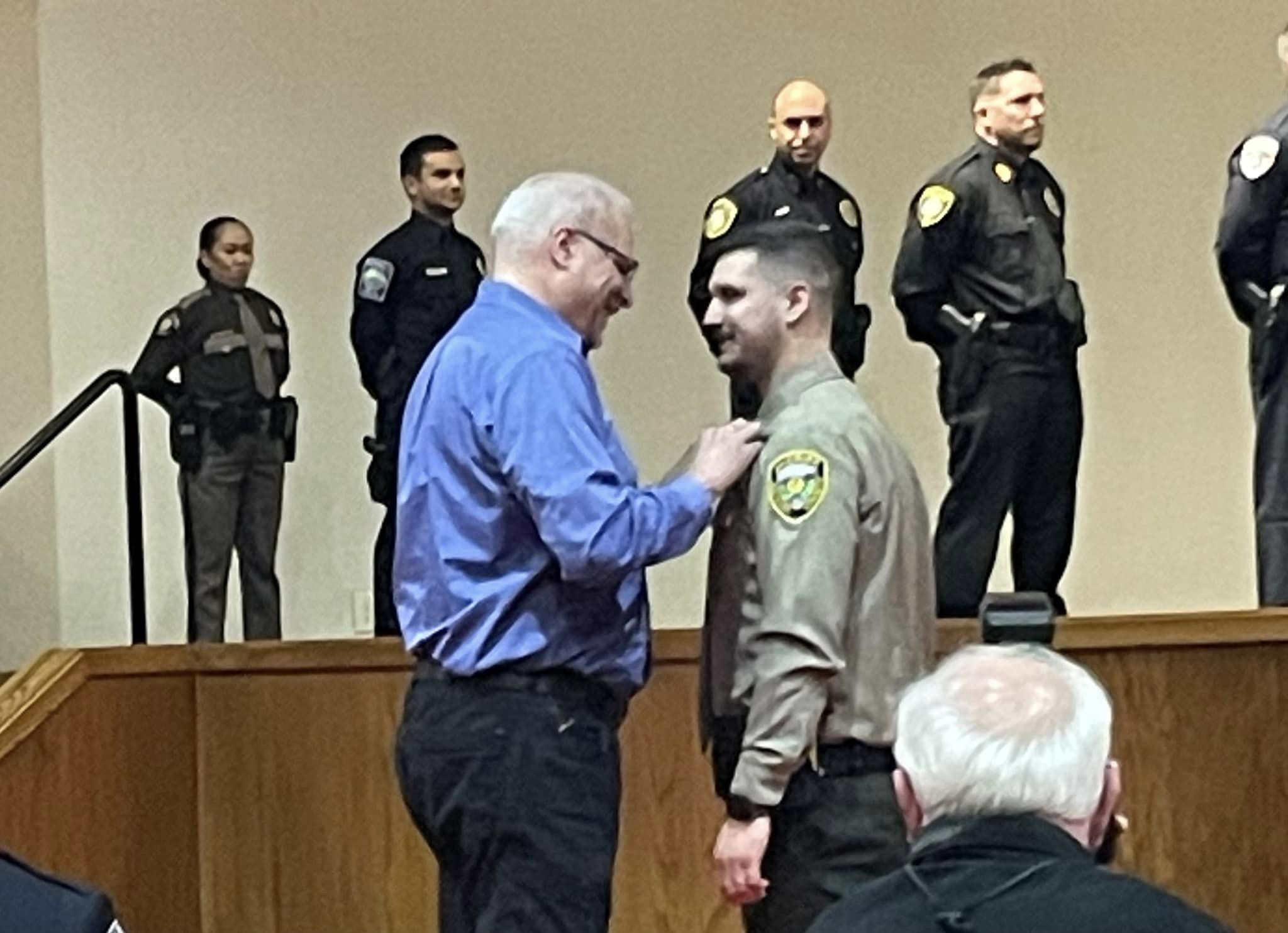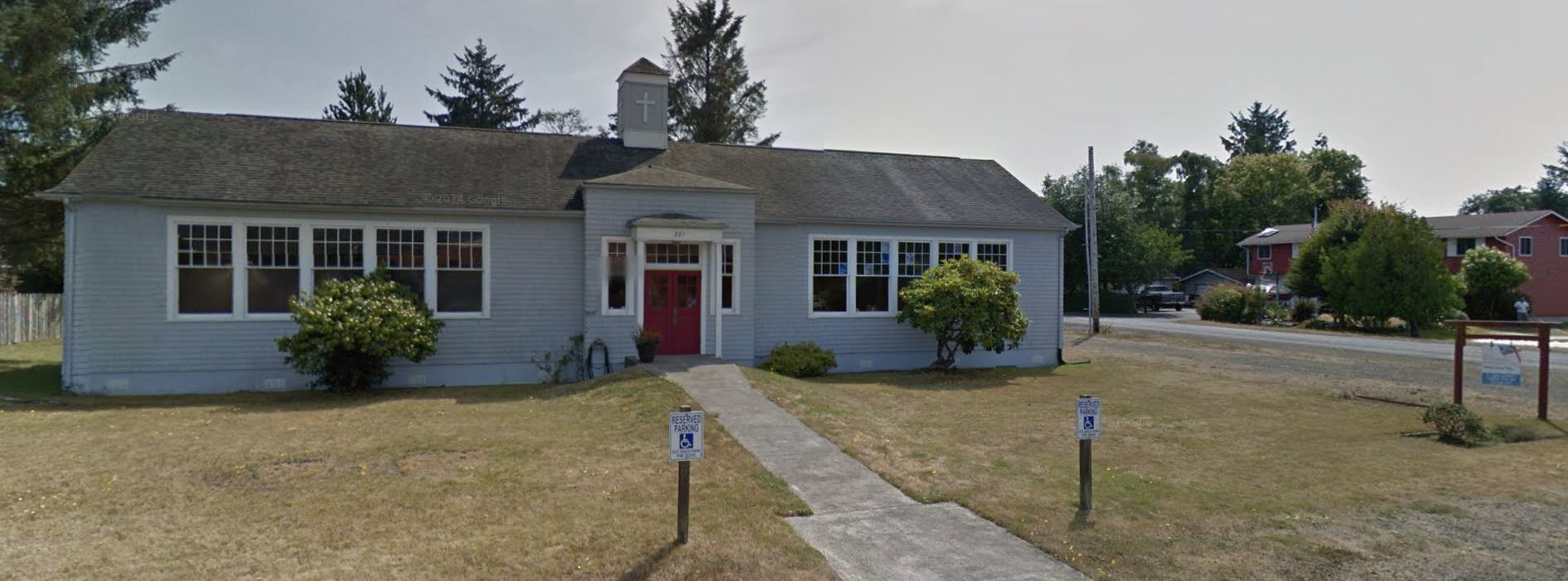
The first of three tiny houses dedicated on Saturday, New homeownership becomes a reality thanks to a cooperative effort by Grays Harbor County, Habitat for Humanity.
It was an emotional scene on Saturday, March 4, when Judith Cissner was handed the keys to her new tiny home in South Aberdeen. The home was the first of three tiny homes being built by Habitat for Humanity of Grays Harbor, with funding secured through the county’s Affordable Housing Pipeline in 2021.
Habitat for Humanity was “awarded funding for a pilot project to build three tiny homes for low-income homeownership,” said Cassie Lentz, Grays Harbor County Public Health’s Healthy Places Division Manager. “The contract is for $256,500 which is primarily for materials and a bit of their construction manager’s time since most of the labor is volunteer.”
Cissner was one of the applicants for the home and was selected by the Habit for Humanity Board. Cissner said a friend urged her to apply, which Cissner saw as a long shot at the time.
The homeowner “must make below a certain income threshold and provide some ‘sweat equity’ in building the house as well,” said Lentz, meaning Cissner spent a considerable amount of time assisting in the construction of her own home. “Habitat holds the mortgage and the owner pays 30% of their monthly income as the mortgage payment.”
Habitat for Humanity board president Tony Enzler emceed the home’s dedication and mentioned the many hours of volunteer work and numerous contributions of many others in the county it took to realize Cissner’s dream of homeownership. Enzler thanked the county for its involvement with funding the project – in attendance were Lentz, Public Health’s Kimberly Stoll-French, and Commissioner Jill Warne.
At Saturday’s dedication, Cissner was presented with several gifts from Habitat’s homeowner support committee, a gift of food from Grocery Outlet, and a quilt made by local quilters. Pastor Michelle deBeauchamp of Saron Lutheran First Presbyterian Church blessed the house, after which Cissner was handed her key. This house is the first of the three in the project, with the other two at different stages of progress, said Lentz.







